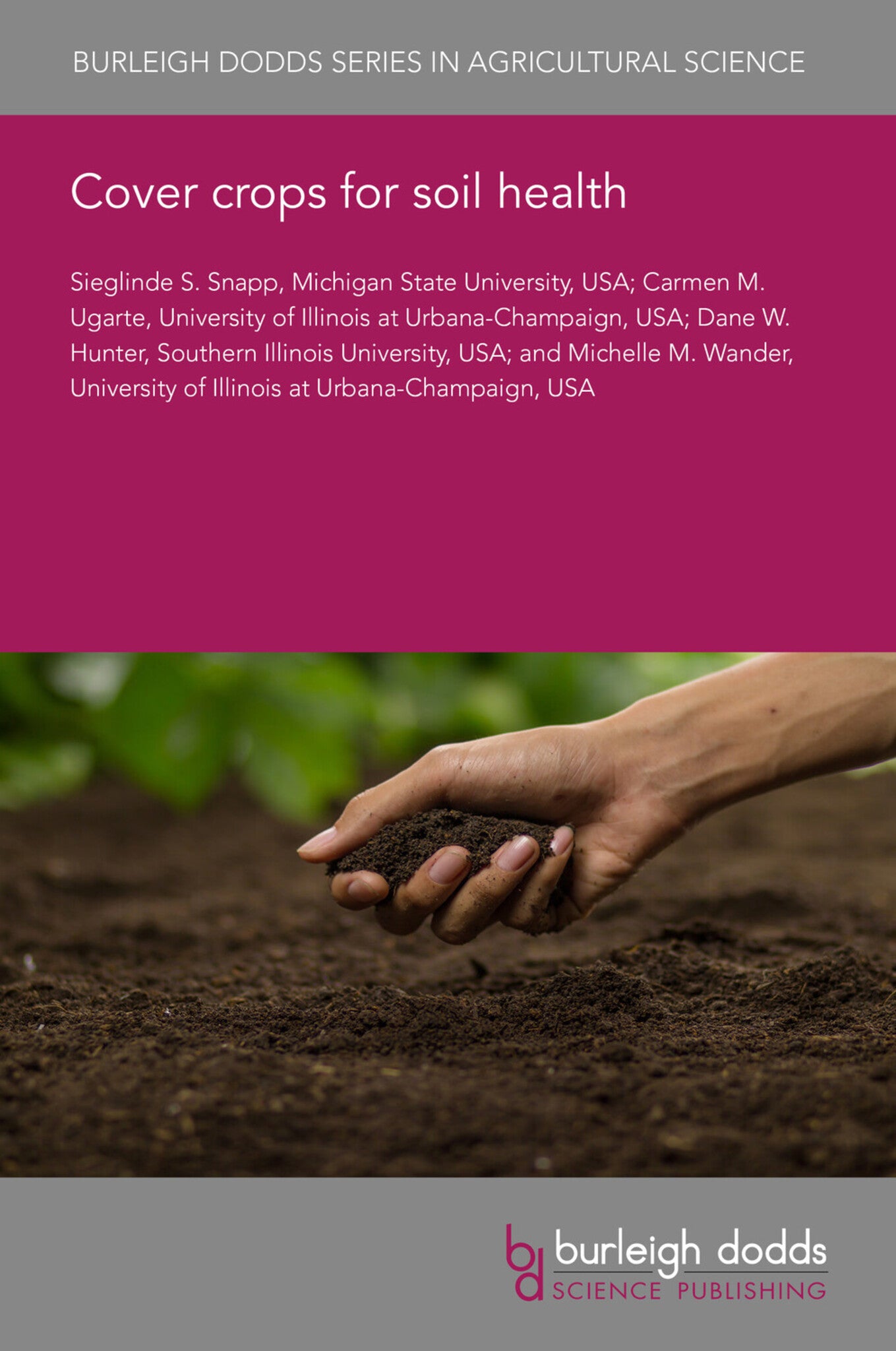We're sorry. An error has occurred
Please cancel or retry.
Cover crops for soil health
Regular price
£25.00
Sale price
£25.00
Regular price
£25.00
Unit price
/
per
Sale
Sold out
Re-stocking soon
Cover crops are accessory plants integrated in production agriculture as means to enhance organic inputs and diversification, both above and belowground. The living cover provides a bundle of envir...
Read More

Some error occured while loading the Quick View. Please close the Quick View and try reloading the page.
Couldn't load pickup availability
- Format:
-
10 October 2022

Cover crops are accessory plants integrated in production agriculture as means to enhance organic inputs and diversification, both above and belowground. The living cover provides a bundle of environmental services including soil conservation and healthy function. This chapter reviews the literature in terms of cropping system regional niches for incorporation of cover crops, and the consequences for soil health. This includes impacts on soil organic matter, water balance, nutrient and disease regulation, physical aggregation, crop yield and economics. A better understanding of the biophysical processes that cover crops influence is starting to emerge in the literature, and is reported on, with a number of research gaps identified. Cropping systems windows that are short and marginal in quality, severally restrict cover crop growth and associated benefits. The potential for positive soil health benefits through cover cropping is high, in the complexity of real-world agricultural systems, and variable soil responses.

Price: £25.00
Publisher: Burleigh Dodds Science Publishing
Imprint: Burleigh Dodds Science Publishing
Series: Burleigh Dodds Series in Agricultural Science
Publication Date:
10 October 2022
ISBN: 9781801466165
Format: eBook
BISACs:
TECHNOLOGY & ENGINEERING / Agriculture / Agronomy / Soil Science, Soil science and management, TECHNOLOGY & ENGINEERING / Agriculture / Agronomy / Crop Science, TECHNOLOGY & ENGINEERING / Agriculture / Sustainable Agriculture, Sustainable agriculture, Agronomy and crop production

1 Introduction 2 Where and why to grow cover crops 3 Cover crop regional assessment 4 Integration for soil health management by niche 5 Research gaps 6 Conclusion 7 Where to look for further information 8 References



